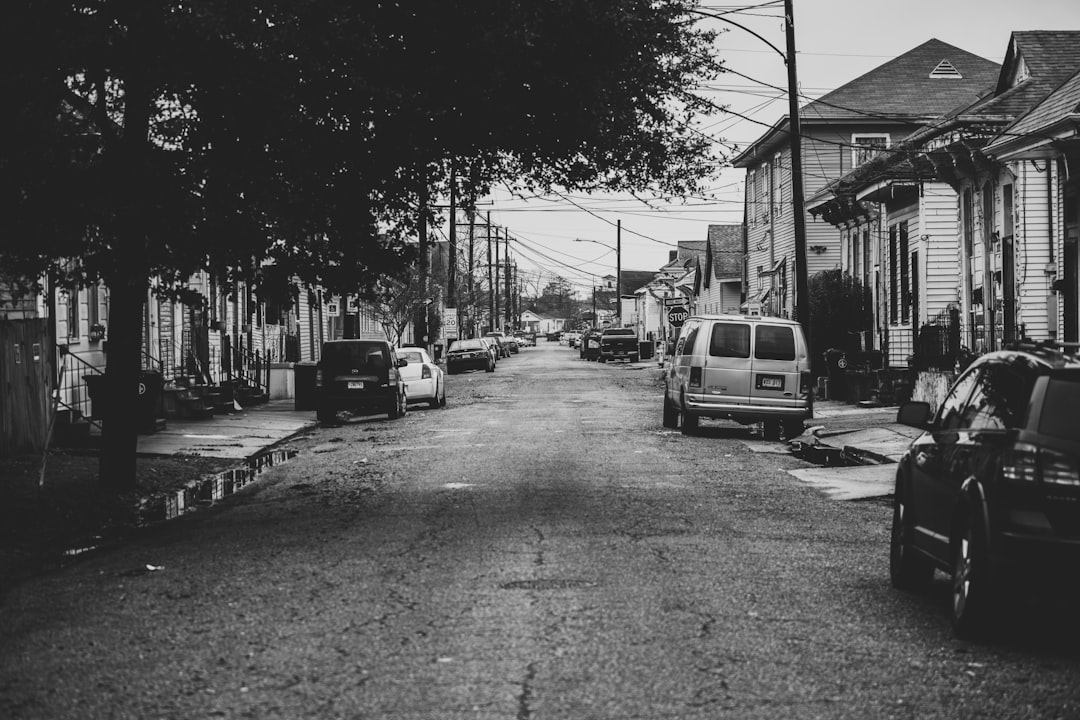Seen outside many houses in the Carrollton neighborhood of New Orleans are signs reading “Stop Turning Our Houses into Dorms.” Located in the neighborhood are two of the city's largest universities, Tulane and Loyola University. The signs were created by Doubles to Dorms, a movement located in the Carrollton neighborhood in uptown New Orleans. It was started due to the increased displacement of long-term neighborhood residents for student housing at Tulane and Loyola University. Carrollton is being gentrified by developers catering to wealthy college students which is pushing out people who have lived in this neighborhood for generations. Both local and out-of-state developers are buying residential houses and converting them essentially, into dorms. Developers are adding bedrooms to the houses increasing the number of residents in the neighborhood while other amenities such as parking and trash services have not been updated to accommodate the increasing number of residents. There have been few amendments over the years to increase parking with the increase of residents but developers are continually finding loopholes. The monetization behind the housing renovations has turned it into a lucrative business that is prioritizing profit over people. This situation is harming both long-term residents and college students. Due to the lack of attention paid to these issues by law enforcement and city officials, developers often skirt land use regulations by starting renovations or demolition before obtaining a permit or by not following approved plans.
Houses that were originally part of this historic neighborhood are being renovated to hold up to ten residents per house. These properties are being rented for $850 - $2000 a month per student for a total of $8,500 - $20,000 a month per property. Due to the increasing size of the houses and the increased population, the housing prices in Carrollton are rapidly increasing, pushing out the long-term residents of this neighborhood. From a structural standpoint, these expansions “leave less permeable areas to absorb rainwater, increasing runoff and flooding.” (StopD2D) The implications of this gentrification are making it increasingly difficult for anyone other than college students to live in this neighborhood. These implications include the augmentation of noise, traffic, trash, water and electricity usage, as well as a reduction of green areas due to more housing. This neighborhood is unlivable for long-term residents, especially those with kids. It has become incredibly expensive to live there as well as overcrowding and the overuse of resources.
To moderate the gentrification of a historic neighborhood, the city should be regulating the land use and restricting the number of bedrooms per property. Additionally, the Doubles to Dorms movement would like the Department of Safety and Permits to review applications for the additions made to local housing and the movement would like a formal, clarifying definition of the updated houses. This is to ensure that proper regulations and restrictions are being placed on student housing. However, if regulations and restrictions are put into place to decrease the number of homes converted into dorms, then where would the Tulane and Loyola students live? While both universities have several dormitories on campus, it is not enough to accommodate the increasing number of students attending the school every year, especially with constant expansions being made to both schools. While there is not much room in the Carrollton neighborhood, the schools could expand to other neighborhoods in the city. Tulane University's medical school is located in a different neighborhood downtown so it would be possible to move other departments to other parts of the city. However, if not careful, that may cause more gentrification. As New Orleans is a city with a rich history and many historical neighborhoods, it is imperative that gentrification of any kind be regulated, restricted, or stopped altogether.
